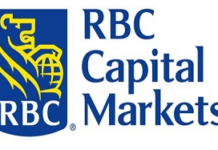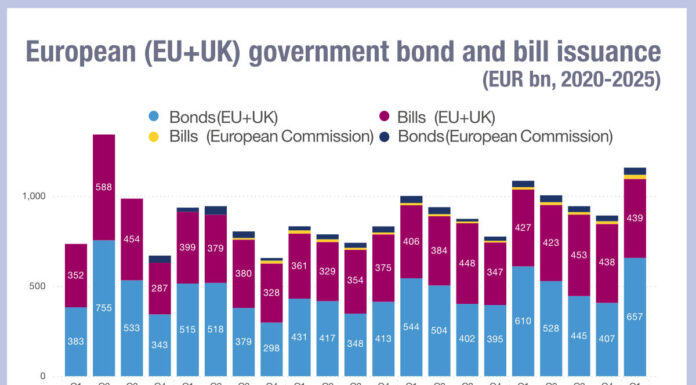
As a result of the stronger-than-expected green bond issuance so far in 2021, NN Investment partners has raised its projection for full-year issuance to €400 bn which would push the global green bond market well above the €1 trn mark by year-end.
The revised upward forecast was due to green bond issuance reaching a new high in the first three weeks of March. It rose to €48 bn, up from the previous record of €44 bn set in September 2020.
“Much of this record-breaking issuance represents planned issuance from 2020 that was postponed as a result of the pandemic,” says Bram Bos, lead portfolio manager green bond at NN IP. “Now that we’re on the path to stability, issuers are refocusing on the future and on the ongoing climate crisis.”
Sovereign issuance comprises a large part of the new issuance, as Italy entered the green bond market for the first time in March, while France issued its second green bond during the month. Other countries, such as Spain and the UK, are expected to tap the market for the first time later this year.
“Many governments are seeking to play the green recovery,” adds Bos. “Green bond issuance can help them raise capital for implementing their infrastructure plans, while simultaneously bringing them closer to achieving their targets under the Paris Agreement.”
Green bonds look set to remain attractive to issuers for the foreseeable future, given current market dynamics.
Green issues are increasingly trading inside their regular bond yield curves, demonstrating their appeal to investors, who are willing to pay a so-called greenium for access to these bonds. This in turn makes the green bond market more attractive to issuers, as they face lower borrowing costs.
In addition, green bonds should maintain their appeal to investors because they still provide stronger financial returns than regular bonds.
“Since 2014, the Bloomberg MSCI Euro Green Bond Index has outperformed the Bloomberg Euro Aggregate Index by about 0.30% per annum,” says Bos. “So even if green bonds trade a few basis points inside regular yield curves, they still outperform regular bonds, as well as contributing to a greener future.”
©Markets Media Europe 2021
©Markets Media Europe 2025

























